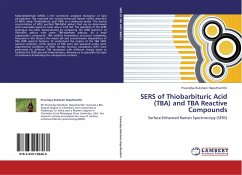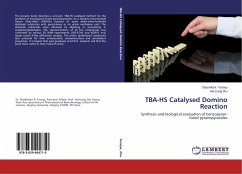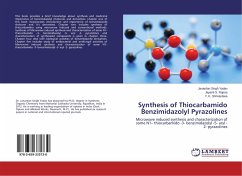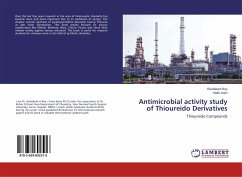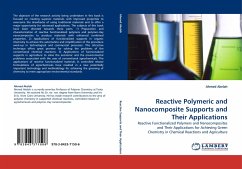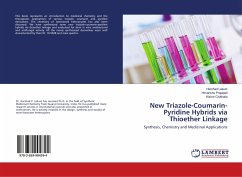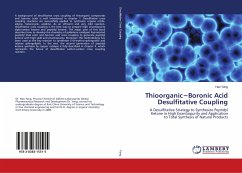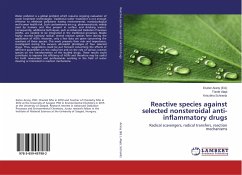Malondialdehyde (MDA) is the commonly accepted biomarker of lipid peroxidation. We reported the surface-enhanced Raman (SERS) detection of MDA using Thiobarbituric acid (TBA) as a molecular probe. The lowest concentration of HPLC purified TBA-MDA adduct that can be determined with reasonable signal to noise ratio is 0.45 nM. The specificity of the SERS technique has been demonstrated by comparing the SERS spectrum of TBA-MDA adduct with other TBA-aldehyde adducts. As a small organosulfur compound, TBA exhibits tremendous structural complexity. Discussed in this thesis is the drastic pH and concentration dependence of TBA SERS spectral features. To understand the origins of the TBA SERS spectral variations, UV-Vis spectra of TBA were also acquired under same experimental conditions of SERS. Density function calculations (DFT) were performed for different TBA tautomers with different charge states to facilitate the SERS spectral interpretation, allowing us to speculate the type of tautomers dominating the nanoparticle surfaces.

